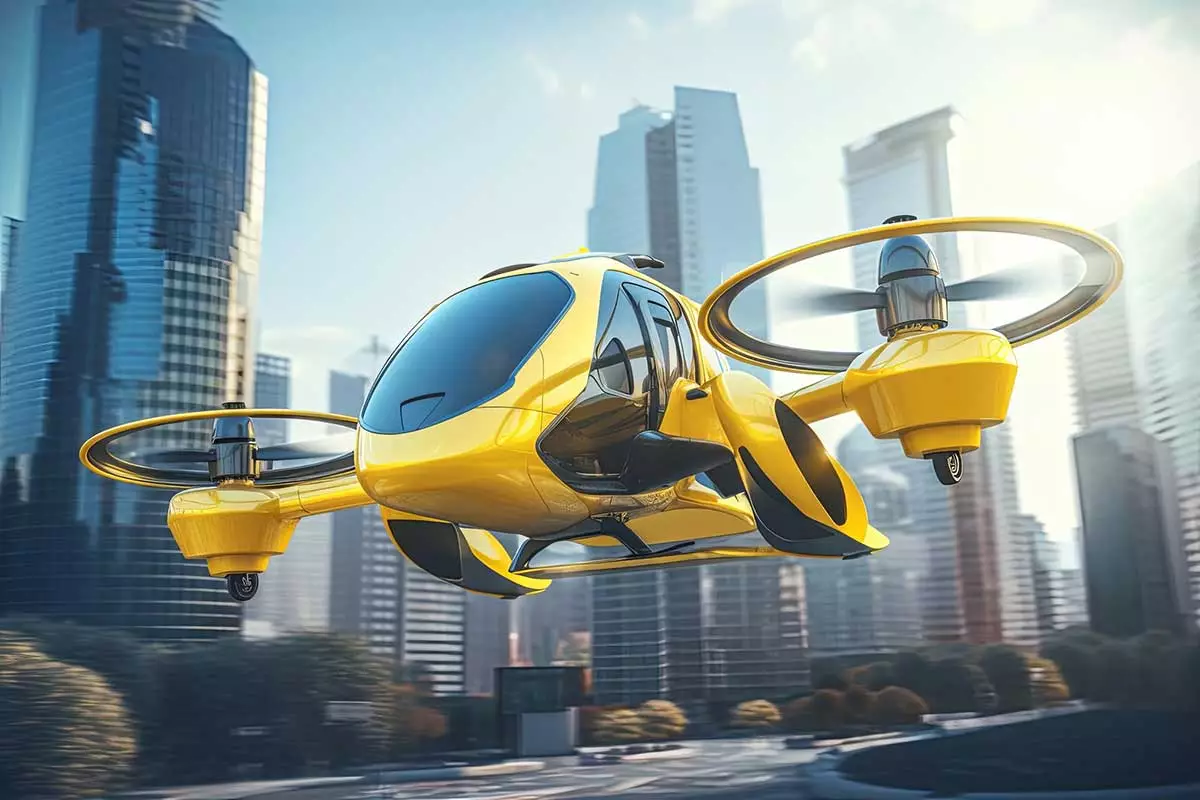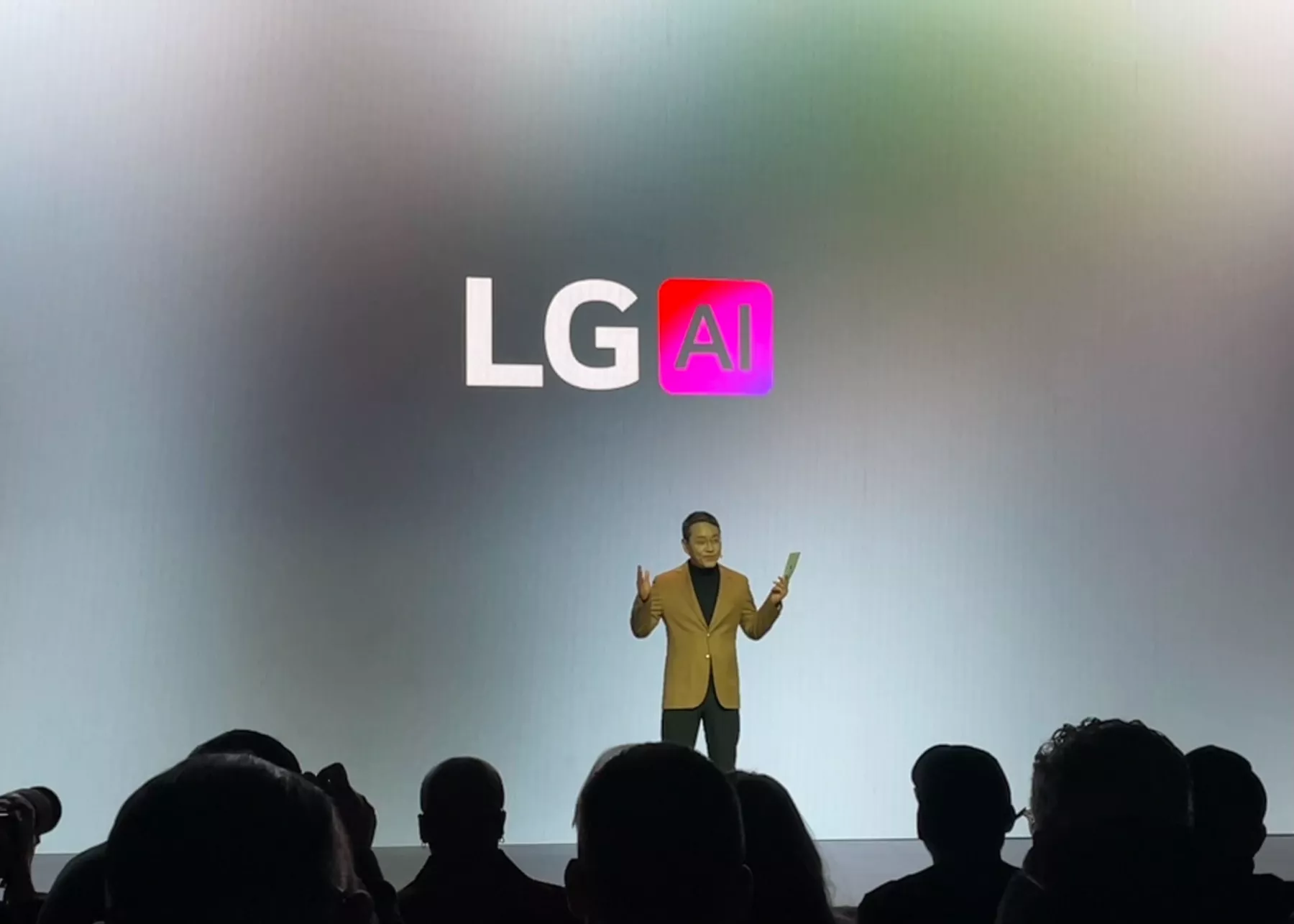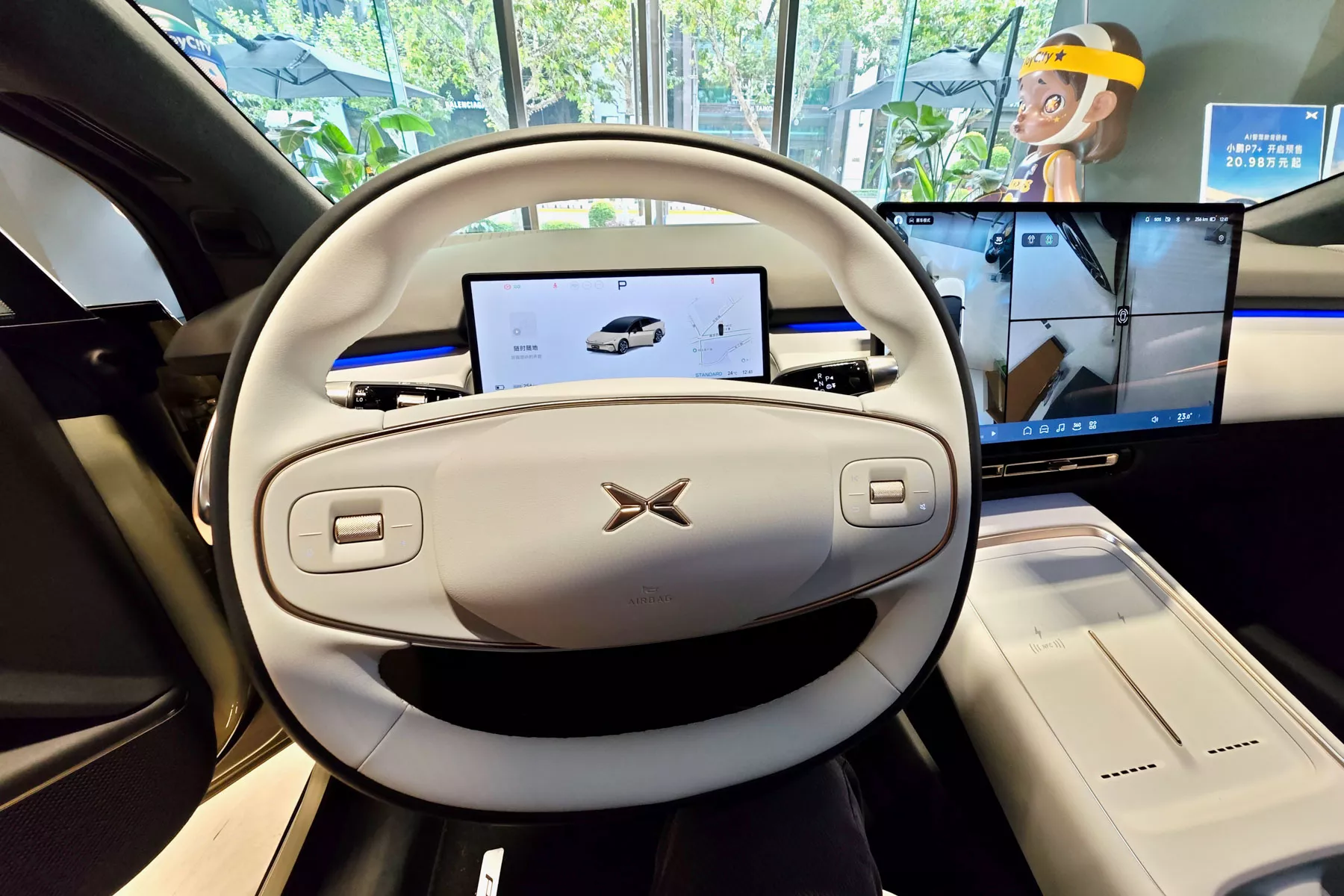The best offers for Electric Leasing
Volocopter: a commitment to electrification
According to the German company, safety and efficiency were the fundamental pillars for the development of flying taxis. Equipped with advanced navigation systems, cutting-edge electric propulsion technology and rigorous safety protocols, these vehicles promise a revolutionary means of transport without compromising passenger safety.
In addition to their practical functionality, these flying cars also aim to stand out for their contribution to environmental sustainability. By using electric technology instead of fossil fuels, these vehicles will help reduce carbon emissions and mitigate the environmental impact associated with traditional transportation.
What you need to know about the Velocity
Volocopter's most popular model, the Velocity, has a range of 35 kilometers. It has nine interchangeable lithium-ion battery packs and reaches a top speed of 110 kilometers per hour. It also stands 2.5 meters tall and has a diameter of 9.3 meters at the rotor edge.
According to the company's statements, it is expected that advances in battery technology will allow the development of larger vehicles that can carry more cargo and have greater autonomy. In fact, it is rumored that the next model, which will go on air in 2026, will have four seats.
The change that flying cars represent for cities
It should be noted that the successful implementation of flying taxis requires specific infrastructure , such as helipads, velipads or take-off and landing stations. Cities will therefore need to work on planning these facilities so that the new vehicles can be effectively integrated into the urban landscape.
The introduction of these cars also poses regulatory challenges. Authorities will have to develop and enforce regulations that ensure passenger safety. In addition, new rules should promote efficient integration into the airspace.
The future of flying taxis
As these are electric vehicles, it is expected that electric taxis will become more and more common , as they fit perfectly into the framework of sustainable mobility that has been promoted in recent years. Therefore, it is expected that several important companies in the automotive sector will join this initiative. These are some of the news about the future of this vehicle.
China, the leading country in flying taxis
The Asian giant is the power that is investing the most to lead the way in the manufacture and circulation of flying taxis, and is the first country in the world to have granted the capacity to operate one of these vehicles.
China has granted an airworthiness certificate to the company EHag, which allows them to transport people using an autonomous flying taxi, so flying taxis are expected to become a frequent sight in the skies of China in the coming years.
Airlines, the main stakeholders
Several airlines have shown interest in flying taxis, reaching agreements with companies in the sector. One of them is the giant United Airlines , which in 2017 was the fourth airline that transported the most passengers in the world. These are the companies that are investing the most to have a fleet of flying taxis in the future, and they assure that they will have a service that connects Chicago airport with the city center by 2025.
Another company that has shown its intention to enter this world is Lufthansa . Although the German airline is not as explicit as United Airlines, they have reached an agreement with Lilium, a company from the same country that is manufacturing an electric jet, which they plan to use as a taxi. Therefore, it is expected that this agreement will help Lufthansa move in the same direction in the coming years.
The 2024 Olympic Games are expected to be a time for the entire world to witness this exciting development in sustainable, urban mobility. Not only does this event mark the beginning of a new era in urban air transport , but it also raises questions about how this novel technology could be more broadly integrated into our daily lives in the future.








.webp)




